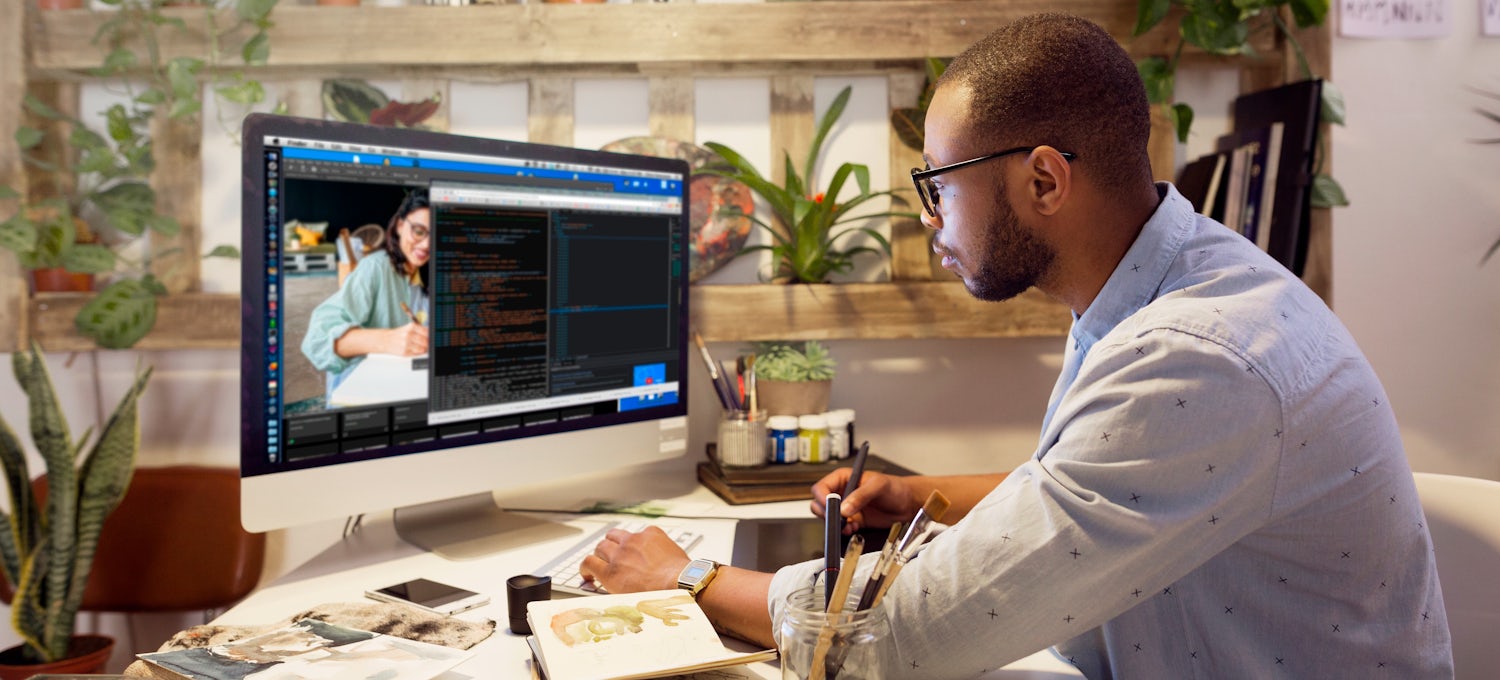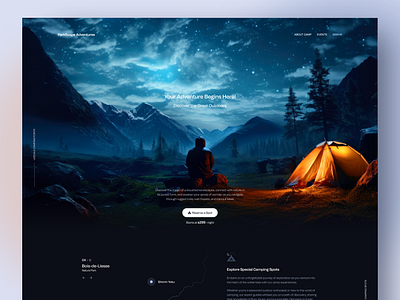Trust Web Design Las Vegas for Creative Website Solutions
Imaginative Web Layout Solutions for Modern and Engaging Websites
In the realm of web layout, the pursuit of contemporary and engaging solutions has ended up being progressively essential for companies aiming to catch customer interest. By incorporating bold color plans, interactive aspects, and responsive designs, developers can produce experiences that not just resonate with users but also enhance brand identification.
Welcoming Bold Color Pattern
In website design, the strategic usage of strong color schemes can considerably enhance user engagement and brand name identification. By using lively colors, designers can produce aesthetically striking websites that capture focus and foster a remarkable experience. An appropriate shade scheme not just mirrors a firm's values yet also evokes certain feelings that can affect individual actions.
Strong shades can be used to direct individuals' interest to crucial elements such as phone calls to action, boosting conversion prices. For example, making use of contrasting colors for buttons and web links can make these aspects stand apart, prompting individuals to communicate quicker. Additionally, a natural color design across the internet site enhances brand name recognition, producing a feeling of experience and trust fund among visitors.
Nonetheless, it is important to balance strong shades with adequate white area to stay clear of overwhelming individuals. Efficient use typography also matches vibrant colors, making sure readability while maintaining visual appeal. Eventually, welcoming bold color pattern in internet design not just elevates aesthetic quality however additionally plays an important duty in achieving tactical service objectives, making it a crucial consideration for modern web advancement.

Utilizing Interactive Elements
Interactive components are crucial in contemporary web layout, as they significantly boost individual interaction and create an extra dynamic browsing experience. By including attributes such as animations, float results, and clickable elements, websites can motivate users to discover web content better and return for future brows through.

Micro-interactions, such as subtle animations when a button is clicked or a form is submitted, can also improve the customer experience by giving prompt responses. These small information can make the website feel even more receptive and alive, fostering a sense of connection between customers and the website.
Furthermore, gamification components, such as benefits for completing specific activities, can inspire users to engage with the web content extra deeply. By thoughtfully integrating these interactive parts, web designers can develop an unforgettable and engaging online experience that reverberates with users and urges them to return.
Carrying Out Responsive Layout
Carrying out receptive design is critical in today's multi-device landscape, making sure that sites give an ideal watching experience across numerous display dimensions. As individuals progressively access the internet through mobile phones, tablets, and desktop computers, a one-size-fits-all approach is no more practical. Receptive design enables smooth navigation and communication, adapting design and content to fit the gadget being made use of.
Secret concepts of receptive design consist of liquid grids, versatile photos, and media queries. Fluid grids make use of family member units, such as portions, as opposed to fixed pixels, allowing components to resize proportionately. Flexible pictures range within their containing aspects, protecting against overflow and maintaining visual honesty. Media questions facilitate the application of different designs based upon the device's attributes, such as size, elevation, or resolution, allowing designers to tailor the individual experience efficiently.
Moreover, receptive layout improves SEO efficiency, as search engines favor mobile-friendly sites. By implementing responsive layout, businesses not just boost user satisfaction and engagement yet additionally raise their reach in an affordable electronic landscape. As innovation continues to progress, embracing responsive design has actually come to be a basic method for any type of contemporary and appealing site.
Integrating Multimedia Web Content
Multimedia web content plays a crucial function in producing engaging and vibrant web view publisher site experiences that catch customers' focus and boost understanding. By incorporating message, pictures, audio, and video clip, web sites can provide a richer narrative that interest different learning designs and preferences. This integration not just reinforces user involvement however also help in communicating complicated concepts succinctly.
Integrating premium images and infographics can damage up textual content, making it extra digestible. Likewise, video tutorials and presentations can supply extensive understandings that static web content may not fully communicate. Audio components, such as podcasts or background songs, can also improve the ambience of a web site, producing a more immersive experience.
In addition, the tactical use multimedia can improve SEO efficiency, as search engines favor varied material kinds, raising visibility. It is crucial to guarantee that multimedia aspects do not prevent web page load times, as this can lead to individual disappointment. By stabilizing multimedia assimilation with efficiency considerations, web designers can create visually enticing and useful sites that try these out reverberate with users, cultivating a deeper link and motivating return check outs.
Prioritizing Individual Experience

To achieve an ideal individual experience, developers need to concentrate on numerous vital concepts. Clear calls to action, readable typography, and organized web content guide individuals, decreasing cognitive tons.
In addition, including customer responses right into the layout procedure is invaluable. Regular screening with actual customers aids recognize discomfort factors and locations for improvement, permitting iterative enhancements. Ultimately, focusing on UX not just raises individual contentment yet additionally drives interaction and link conversion rates, making it an important aspect of contemporary website design techniques. By putting users at the facility of layout efforts, sites can create long lasting, positive impacts that urge return brows through.
Conclusion
In verdict, contemporary web style solutions that stress bold color design, interactive aspects, receptive style, and multimedia content significantly improve user involvement and complete satisfaction. Prioritizing individual experience via clear designs and continuous comments further adds to improved conversion rates. By taking on these approaches, websites can successfully astound visitors and strengthen brand name identity, ultimately causing an extra dynamic and engaging on the internet presence. The assimilation of these layout principles is necessary for attaining modern website design objectives.